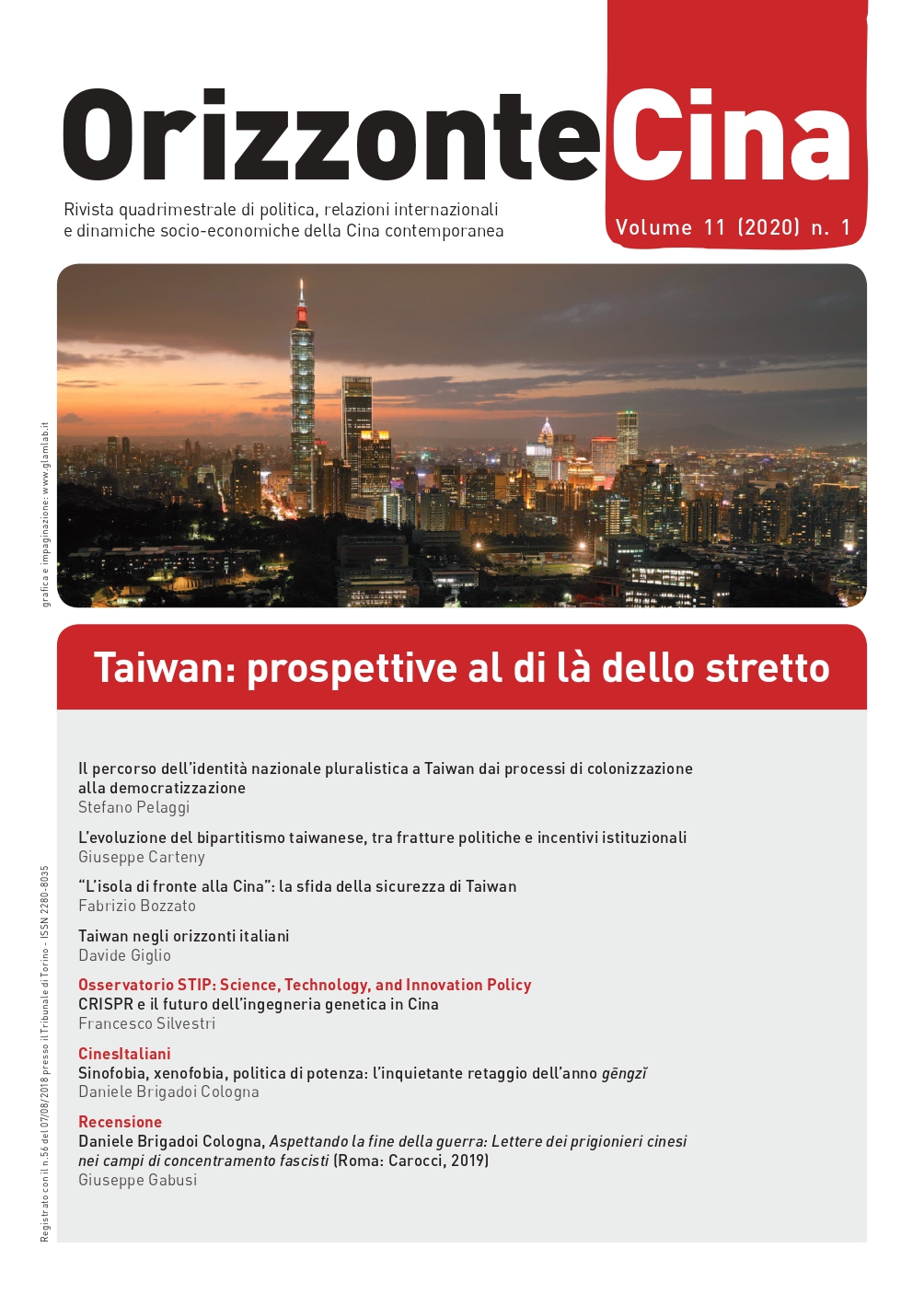L’evoluzione del bipartitismo taiwanese, tra fratture politiche e incentivi istituzionali - The Evolution of the Taiwanese Two-party System, between Political Cleavages and Institutional Incentives
DOI:
https://doi.org/10.13135/2280-8035/5406Abstract
This article explores the origins of the Taiwanese party system, its evolution, and its current structure. After assessing the social and political dynamics leading to the early democratic party system of the1990s, the specific factors that underpin the current party system are discussed. What is argued is that the current two-party configuration is the product of two sets of factors. First, the dominance of a single dimension of political competition, namely the ‘independence-unification’ axis, a social and political cleavage determined by Taiwan's crucial relationship with China. Second, the existence of institutional incentives and constraints, deriving from the interplay of (1) a majoritarian, plurality electoral system regulating the competition for Taiwan’s presidency, and (2) the existence of mixed but mostly majoritarian electoral rules for the election of the legislative assembly. The article ends with a discussion of the resilience of the Taiwanese party system and its possible evolution.




